
https://en.wikipedia.org/wiki/Poland
Region: Eastern Europe
Area total: 312,685 km²
Coast line: Baltic Sea
Capital: Warsaw


Grzybowski Square

Mermaid – the symbol of Warsaw, it’s in the city’s crest since the mid of 14th century. – SYRENKA
Syrenka appears on a shield on every municipal building, on buses, trams and taxis. It can also be found in many locations in Warsaw, on buildings, walls and roofs, in the streets and parks, in signboards and gates.
Legend of the Warsaw Mermaid (by Artur Oppman):
Once upon a time there were two mermaid sisters, who swam to the shore of the Baltic Sea from their home deep in the sea. They were very beautiful. One of them decided to swim towards the Danish straits, to the port of Copenhagen. The second swam up the Vistula River and came out of the water onto the sandy bank to rest. It was at the foot of today’s Old Town and she decided to stay.
The fishermen living in this area noticed, that during their fishing someone was churning the waves of the Vistula River, tangling the nets and releasing the fish. But the mermaid enchanted them with her beautiful singing, and they did not harm her.
One day a wealthy merchant saw the mermaid and heard her lovely song. He quickly calculated how much money he could make her displaying at market fairs, so he captured her and imprisoned in a wooden shed without any water. A young farmhand heard the mermaid’s cries, and with the help of friends he freed her at night. Grateful that the townspeople had defended her, the mermaid promised "when difficult times come, I will return and the poor city with a shield and sword." This is why the Warsaw Mermaid bears a sword and a shield to defend the city.

SYRENKA

Jester
Sculpture of the most famous court jester in Polish history.
His name was Stanczyk (c. 1480 – 1560) and he was employed by three Polish kings: Alexander, Sigismund the Old (Zygmunt Stary) and Sigismund Augustus (Zygmunt August).
He was not a mere entertainer, but a man of great intelligence and a political philosopher gifted with formidable insight into Poland’s current and future situation.
He used his job to criticize and warn the kings by the use of satire.
His jokes were usually related to political issues, and later he became a historical symbol for Poles.
The sculpture is placed at the bottom of monument to the great Polish painter Jan Matejko, as Stanczyk was one of his favorite historical figures and he appears on a number of his paintings

Lutheran Trinity Church in central Warsaw

St. Michael’s and St. Florian’s Cathedral

Lazienki Park-Warsaw
Palace on the Water in the Royal Lazienki Park is one of the most exelent works of Polish architectural classicism.
Founded in 1775, it was the summer residence of King Stanislaw August Poniatowski.

Lazienki Park-Warsaw

Polish Army Field Cathedral

Palace of Culture and Science

University of Warsaw – Collegium Novum

The Old Town Market Square-warsaw

Quintet
Kapela Praska, "The Praska Band", symbolises the spirit of the people of Warsaw.
*THE WIELCZKA SALT MINE-UNESCO WORLD HERITAGE SITE*
The Wieliczka Salt Mine, located in the town of Wieliczka in southern Poland, lies within the Kraków metropolitan area. The mine, built in the 13th century, produced table salt continuously until 2007, as one of the world’s oldest salt mines still in operation. From its beginning and throughout its existence, the Royal mine was run by the Ýupy krakowskie Salt Mines, believed to be the world’s 14th-oldest company. Commercial mining was discontinued in 1996 due to low salt prices and mine flooding
https://en.wikipedia.org/wiki/Wieliczka_Salt_Mine




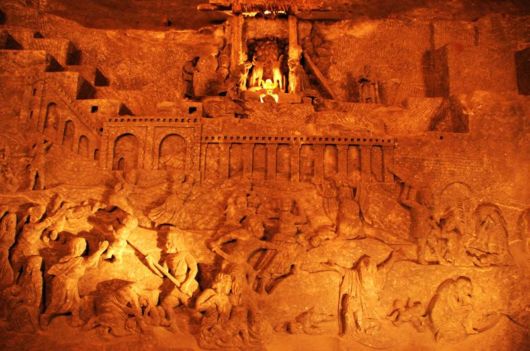
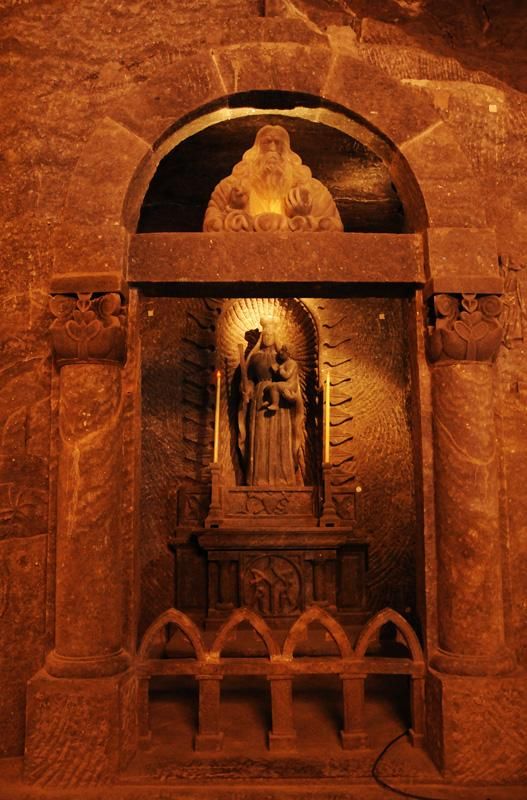

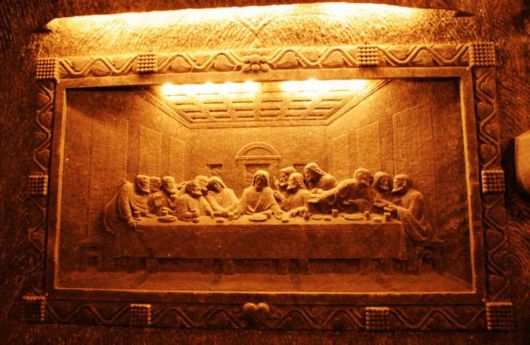

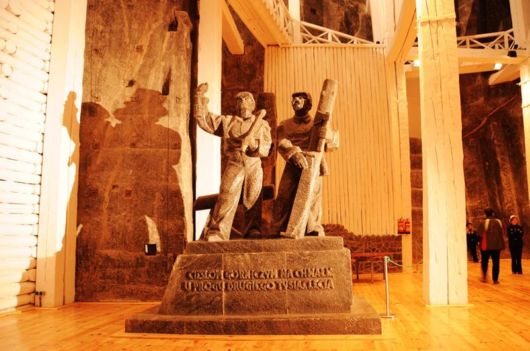

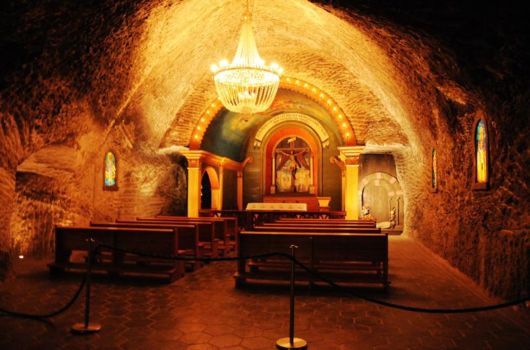

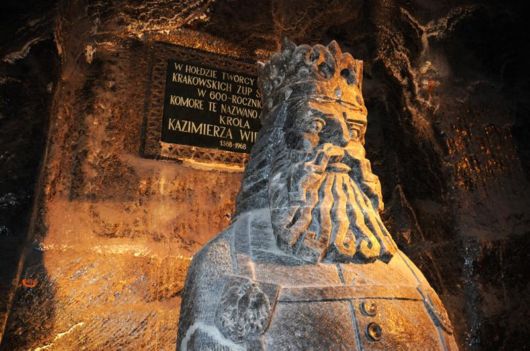
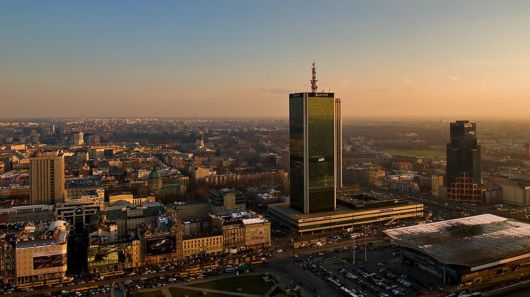
Warsaw
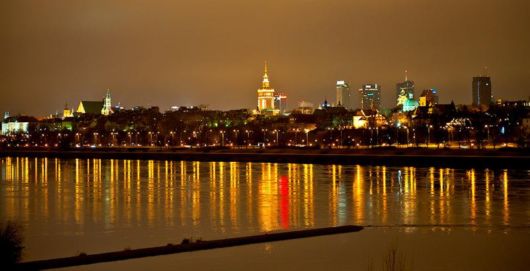
Warsaw

Warsaw

UNESCO World Heritage
The Historic Centre of Warsaw was inscribed on the UNESCO World Heritage list on Sept. 2, 1980.

Old city-Warsaw

Namiestnikowski Palace-presidential palace
It was built in the 17th century by the Radziwill family. In 1955 the Warsaw Pact was signed here, since 1995 it has been the official residence of Poland’s president.

The Grand Theatre – National Opera

National Library

The Supreme Court

Arsenal-The State Archeological Museum.

Wilanow Palace

Wilanow Palace

Mausoleum of Stanislaw and Aleksandra Potocki
owners of Wilanow between 1799 and 1892.

Warsaw Barbican

Barbican Gate

Warsaw Citadel

Chopin Museum – Warsaw

Frederick CHOPIN
Frédéric François Chopin (22 February or 1 March 1810 ? 17 October 1849) was a Polish composer and virtuoso pianist.
He is considered one of the great masters of Romantic music and has been called "the poet of the piano"
https://en.wikipedia.org/wiki/Fr%C3%A9d%C3%A9ric_Chopin

Frederick CHOPIN
In 1830 Chopin moved to Paris, where he died in 1849. He was buried, in accordance with his wishes, at Père Lachaise Cemetery,
but at his own request the urn with his heart was brought to Warsaw by his sister Ludwika.

Monument to Frederick Chopin-Lazienki Park-Warsaw
The monument to Frederick Chopin was erected in 1926. It was destroyed by Germans during World War II, because Chopin’s music became illegal.
Reconstructed in 1958.
Since May to September, every Sunday at 12:00 and 16:00, there are concerts of Chopin’s music here.

Monument to Nicholaus Copernicus
He was born in Torun-Poland (19 February 1473 ? 24 May 1543) was a Renaissance astronomer
and the first person to formulate a comprehensive heliocentric cosmology which displaced the Earth from the center of the universe.
https://en.wikipedia.org/wiki/Nicolaus_Copernicus

Earth and Moon
In 2007 a bronze representation of Copernicus’ solar system, modelled after an image in his "De revolutionibus orbium coelestium",
was placed on the square at the foot of the monument to the astronomer.

Sun

Sigismund’s Column – Warsaw

Nike of Warsaw
To heroes of Warsaw 1939 – 1945.
The monument of Nike, Greek goddess who personifies victory, used as a symbol of fighting city (defence: September 1939, Warsaw uprising: August 1944).

Zaluski Library (A HOUSE UNDER THE KINGS.)
It was built between 1616 and 1624 for the noble man Mikolaj Danilowicz, the crown treasurer.
In 1736 it was bought by the great crown chancellor, bishop Andrzej Zaluski, who made it rebuilt and enlarged for the library purpose. Since 1747 it became the first in Poland and one of very few in Europe, public library.
In 18th century The Zaluski Library had an enormous collection of old prints, manuscripts and etchings which had been carried away in 1795 to St. Petersburg, Russia, by order of Tsarina Katherina, after the Kosciuszko Insurrection had collapsed.
The building was destroyed by fire in 1807. A new owner had it reconstructed for residential purpose after 1821.
During the construction works in 1824, several stone busts of Polish kings had been discovered in the basement. Originally they were made in 1621 and decorated library rooms, but probably were hidden underground in the first years of annexation of Poland.
After this discovery the busts were installed on the outside walls of the building, but also several new were made and added – of those kings who reigned after 1621.
In 1900 the residence has been named "a house under the kings".
The lacking busts of three kings and one queen of Poland were added in the 1960’s and now there’s a whole 40 pieces group on the walls.

